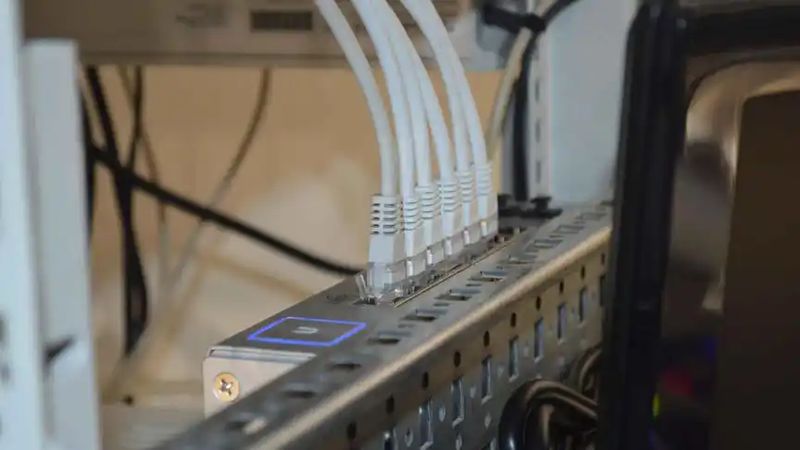A team of researchers in Japan has broken the world record for the fastest wired Internet connection at 319Tbps, double what was achieved last year.
For most users in some countries, whose Internet connection speed averages 30Mbps, it may be hard to imagine what 319Tbps (319 million Mbps), a speed achieved by a research team in Japan, would mean. It could be compared to downloading 7,000 high-definition movies in just one second.
Japan’s National Institute of Information and Communications Technology (NICT) has managed to double the record set in August 2020 by another group of researchers in London who achieved 179Tbps of speed.
At the time, the University College London (UCL) researchers claimed that the figure achieved was double the capacity of any system deployed in the world, which leaps made this 2021 all the more significant. In the best-case scenario, a fiber speed of 1Gbps (Gigabits per second) can be obtained in some countries.
Four cores
The NICT team has used four cores instead of one to reduce signal distortion in long-distance transfers. Although the feat only occurred inside the lab, the test simulated a distance of 3,000 kilometers where no quality or speed has been lost. The data was sent on a 552-channel, multi-wavelength laser with the aid of amplifiers.

The most interesting part of the project is that the technique used could be applied in the current infrastructure of the Japanese country, as well as in many others. Even so, the system could have as a drawback the cost for the end consumer.
The quad-core technology is more likely to be applied to major industries such as Internet backbones and other projects where speed is more important than the cost of service. The upgrade would be more suitable for moving data between continents, rather than playing video games in the cloud.
Beyond 5G
From home, this record may be seen as something unattainable that may come with time, but the researchers responsible for the achievement point to the fact that the manufacture of this fiber can give speeds superior to 5G and see closer the advantages already attributed to 6G.
For end-users, this means a better connection quality, although not as fast, to avoid saturation when there are many people connected to the network consuming large amounts of data.





